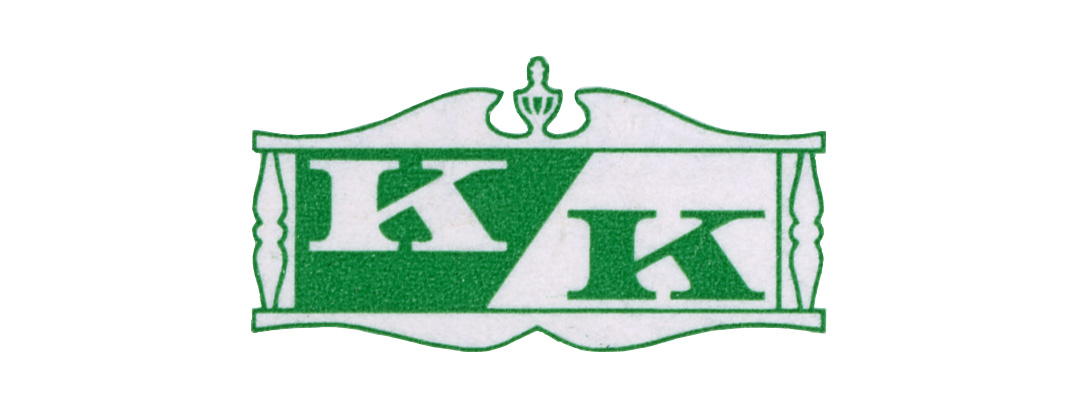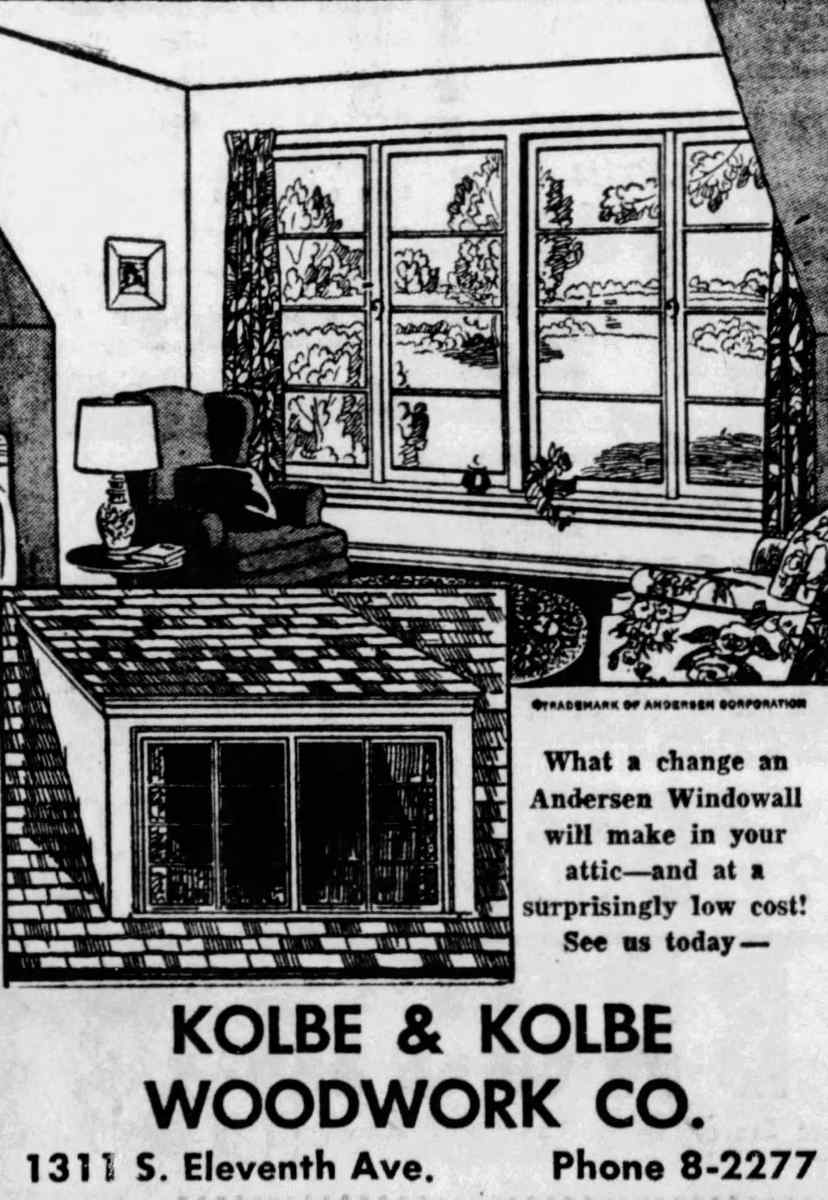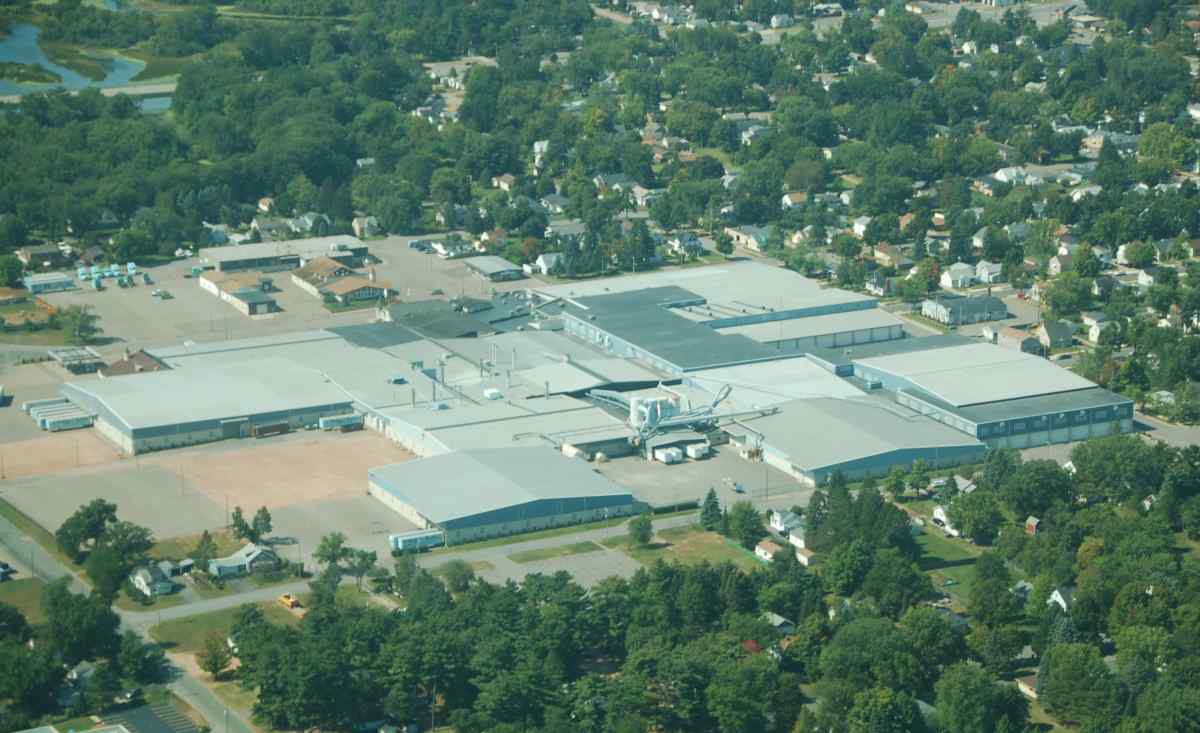Kolbe & Kolbe

The Kolbe brothers, Herb and Ervin started their business in 1946 on the family farm outside Marathon City. From their mother's wash shed, they grew quickly and within a year had to move into larger facilities in Wausau. Although these new facilities were initially part of Rib Mountain Township, the growth of Wausau in the second half of the twentieth century would encompass the Kolbe campus, which helped them grow their workforce.
For the early years of the business, the Kolbes' were repairing window screens and building custom frames for windows and doors. Rather than get directly into building complete windows, they became vendors for other window manufacturers. In 1947, they started a long partnership with Andersen windows, and later doors from Morgan, and the full suite of products by Crestline (i.e. windows, cabinets, garage doors, exterior, and interior molding).

In the early 1960s, the early successes of Kolbe & Kolbe led to an interest in manufacturing their own lines of windows and doors. They were briefly in talks to purchase the assets of the closed Curtis plant in Wausau in 1962, which they hoped to use to start their own window production. Ultimately they found the layout and condition of the old Curtis Plant would not be a good fit for modern methods, and the land became a retail center. But there were other oportunities for expansion into manufacturing in their future.
But over the next decade, Kolbe would continue to invest in manufacturing. In 1970 Kolbe and Kolbe integrated a prehung door company and purchased a small cabinet company. They began manufacturing double hung and slider windows in 1975, wood patio doors in 1976, and wood casement and awning windows in 1977.

^ Kolbe & Kolbe manufacturing, November 1974
In 1980, the Kolbes decided to phase out the 33-year relationship as a distributor for Andersen Windows. Going forward Kolbe and Kolbe would market and distribute their own windows across North America.
Throughout this period of growth, Kolbe's facilities were expanded considerably. The original structure was expanded to two floors, and two new buildings were constructed for additional manufacturing capacity. In 1978 an additional 27,000 square foot building was built to connect the three structures. Over the company's first 50 years in business, it would invest in expansions over thirty times, to have over a million square feet of space under their roofs.
In the 1980s, further expansions included space for the manufacturing lines of new specialty windows, a research and development laboratory, a training and conference center, a design center, and even a fitness center for its employees.

^ The main Kolbe campus in south west Wausau, along with other smaller facilities has grown to fit the unique needs of a modern woodworking company.
It also created sister companies for Kolbe & Kolbe Millwork; K-K Way (1986) and K-K Sales (1990 and reestablished 1999) to transport and market its products (respectively).
Growing Pains
But this growth was not without some growing pains. The growth of the company attracted the attention of labor organizers, and Kolbe & Kolbe's factory workers narrowly declined to unionize in 1986 and 1991.
The shift towards manufacturing also created some pollution problems for Kolbe and Kolbe in the 1980s and 1990s. It ran into some trouble with the DNR in the late 1980s after it emerged that they had been misusing a permit to dispose of unwanted construction materials "under the guise of brush burning." But perhaps more problematic was the noise pollution being generated by the Kolbe factories and the increasing trafic created by trucks in what was largely a residential neighborhood. Neighbors complained throughout the 1980s and early 1990s that the traffic at all hours of the day were keeping them up at night, and it led Kolbe & Kolbe to create buffer zones by buying up nearby homes to create green spaces around their expanding faculties.
The Kolbe Family
From their earliest days with only a handful of workers, the Kolbe's have credited the success of their company to their employees. The talent and hard work of the people of Central Wisconsin made it possible for the company to become the leader in the window industry it is today. Herb and Ervin were fond of crediting the success of the company to four things; "hard work, quality projects, top notch service, and people, people, people."
"We certainly didn't build this company [by] ourselves" Ervin Kolbe was quoted saying in 1996,"The success of the company is a tribute to the dedication of our employees throughout the years. Their ability to get the job done is tremendous."1
Sources
1- Wausau Daily Herald (27 Feb 1996)
